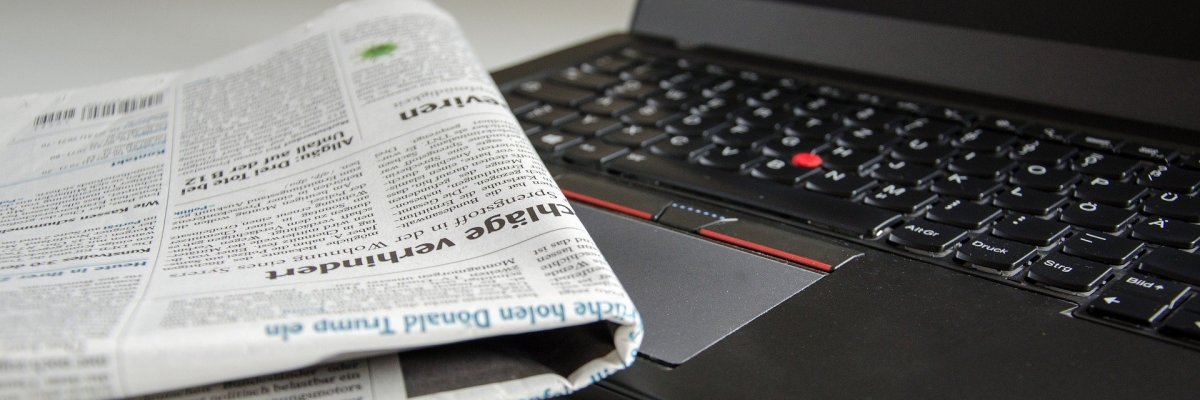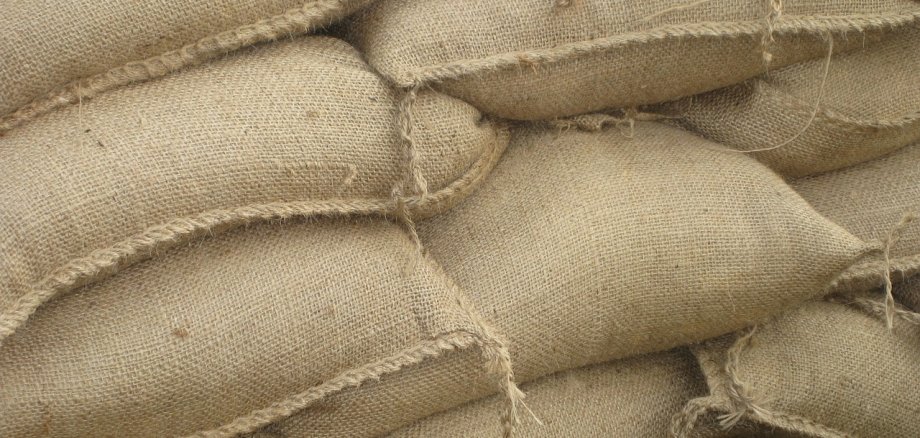Historical flood marks improve flood prevention
The Rhineland-Palatinate State Office for the Environment (LfU) is asking for support in recording historical high water marks. Anyone who finds or already knows such high water marks, especially from the time before the regular measurement of the water level, is asked to report them using the LfU's new web-based recording tool:
The aim is to further improve flood prevention by taking historical data into account.
The state of Rhineland-Palatinate maintains a measuring network with around 150 gauges at which the water level in over 100 bodies of water is measured every 15 minutes. There are also additional water levels on the federal waterways Rhine, Moselle, Saar and Lahn, which are operated by the federal water and shipping administration.
The water levels determined over long periods of time and the discharges derived from them form the basis for calculating the return intervals of certain discharges (annuality), which in turn form the basis for the creation of flood hazard and flood risk maps. The following applies: the greater the annuality of the flood, the higher the water level. The determination of water levels for rare flood events with an annuality of 100 years or more (HQ100 and HQextreme) is therefore particularly important. The longer the series of measurements at a gauge goes back into the past, the more precisely discharges can be determined for these annual events. These are calculated using statistical methods from the series of measurements.
Since many gauges were only installed in the last 50 years, the series of measurements are often too short for calculating events with an annuality of more than 100 years. Historical high water marks are of particular interest on such waters. With the help of such marks, the series of measurements can be extended into the past and the data basis for calculating the water level of rare flood events can be significantly improved. In addition, it can be used to check the plausibility of the results.

